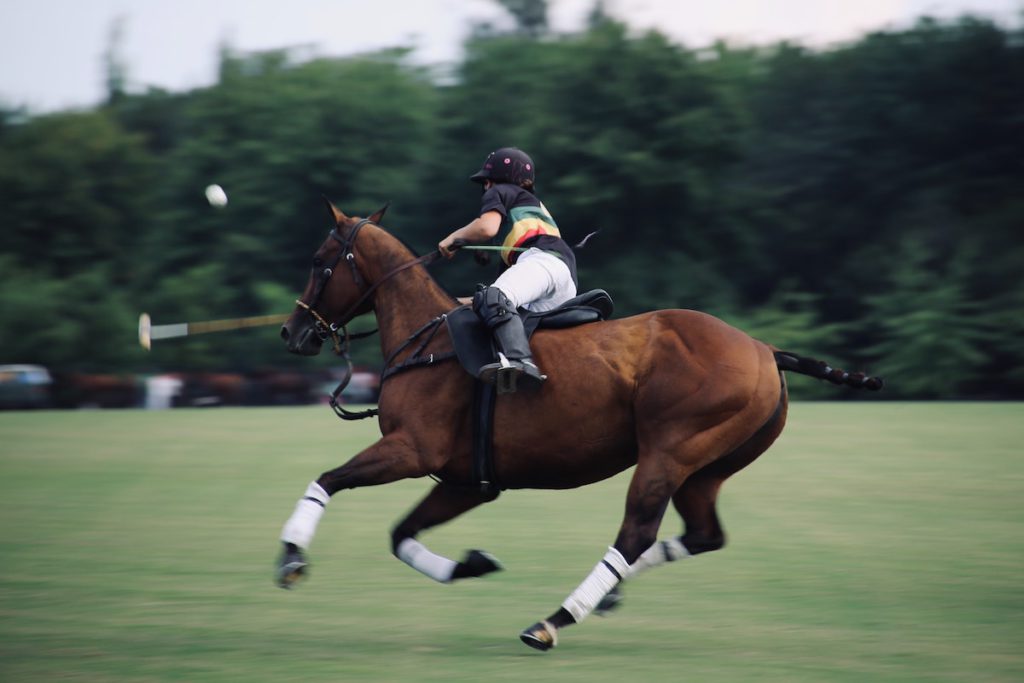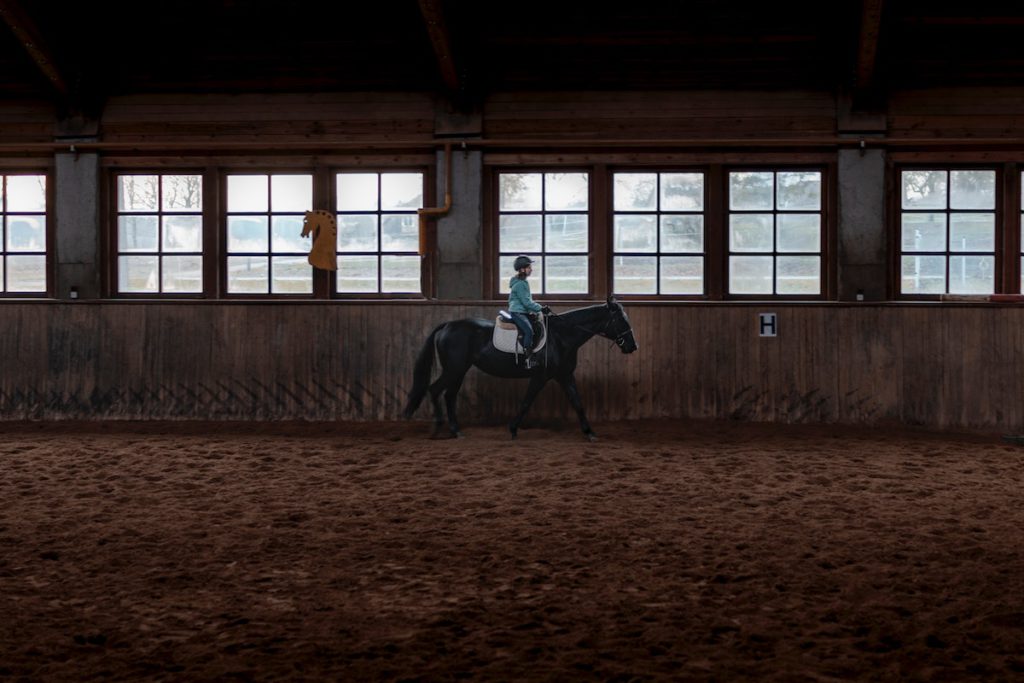In this blog, we will outline different types of arena courses and the optimum size of an arena for each. Now that you know the details about different types of horse arena courses and what the various dimensions of each should be, you will be better equipped to make decisions about which sized arenas are going to fit your particular needs, whether you are a dressage competitor or simply riding horses for pleasure, the horse arena that you decide to exercise at conditions to be the right size for your exercise needs.
Different sizes and regulations are available for other horse arenas depending on their purpose. For instance, if you are training riders and horses to compete in roping/steed wrestling events, you might need an arena that is wider and longer than what would be required by professional horses and riders. However, building an arena for horses is not any different, mainly if you are a competitive jumper, hunter, or dressage horse.
Building your enclosed arena can be an elaborate project, and it will take some time away from your main job, which is to train the horses. However, even if you do not have the funds to construct a state-of-the-art indoor arena, you can still build a horse arena designed to withstand the elements and offer supportive, consistent terrain. The beauty of arena design is that nearly every barn owner can build a safe, practical space.
Some nice, enclosed arenas are built using glue-laminated rafters and joists, but those arenas are far more expensive to construct. Indoor arenas can either be built using steel-framed dressage arena construction or with a post-frame design.
When choosing the correct type of facility, there is no one-size-fits-all choice in design for an indoor horse arena. Instead, the type of structure depends heavily on your budget and preferences, such as arena dimensions, location, rain, wind, and snow loading requirements.
Rodeo arenas can vary greatly both in size and programming requirements. Therefore, you may train for Dressage at several different arenas. The size of the Dressage arena is a significant consideration, mainly if your goal is to compete in Dressage or Eventing, which includes Dressage as one of the three stages in Dressage or Eventing. There are two sizes of dressage arenas. The first smaller dressage arena is the 20 by the 40-meter arena, while the second is a 60 by 20-meter arena (or 20 by 60).
The layout is similar, except for some letters between the two different arena sizes. Here you can see two different sizes of dressage arena layouts. Letters inside the arena sitting in the centre lines are not seen in the actual dressage arena. However, outside letters surrounding the shorter and longer sides of the arena would be physical markers, as would an entrance into the arena located on the shorter side of the dressage arena. The letters around the perimeter are placed in intervals set out at a set distance along the perimeter of the arena. This helps dressage riders keep on track when riding trials or just having lessons with their coaches.
However, in New Zealand, most Dressage competitions are held in larger-size Dressage arenas, except for a few classes that are sometimes held in smaller arenas. In addition, some larger grass-based racecourses and training facilities have purpose-built turf surfaces, with built-in drainage, sprinkler systems, or even a base layer of specialised nets or mesh systems to stabilise the surface–this is, admittedly, rather expensive but would ensure a far better consistency to ride on, one that would last longer through the year (if you have the budget for an arena, but cannot obtain planning permission, it may be the best compromise).

Dirt footing: Depending on your location, dirt footing can be the most economical and cost-effective arena footing. Sand is usually one of the least expensive materials used in arena footing materials; however, the more complex, sharper, washed-out type of sand most suited to being used as a racing surface is one of the more expensive. You might be familiar with choosing quality footing materials and arena sands that will offer a cushion when jumping and trotting.
With no universal prescription for a successful arena surfacing material, understanding the physics of what you are trying to accomplish with your footing may result in a better selection of materials. While all the preceding considerations in arena design are crucial for eventual success, perhaps no other component is as critical as selecting the area footing itself if we are talking about horses. As important as having clearspan, column-free sites are to your horses, so to is the surface on which they are riding.
Depending on your chosen riding discipline, your riding arena construction should offer stable, safe feet, which allows your horses to move in and out of motion. In addition, indoor horse arenas should be built high and wide enough to allow plenty of room for the horse’s activities.
For most professional traders with a full-service offering, the indoor horse arena is an essential component of their overall client experience. The best part is that steel-framed arenas are perfect in the winter and summer seasons, as the surrounding area’s temperature can easily be adjusted at all times to ensure a comfortable riding experience inside.
If you are in the training or horse-boarding business, having a well-maintained, spacious arena is one characteristic that could elevate you to the ranks as a top-notch horse-racing facility. Whether sitting on your personal horse property or managing or owning an equine facility, having a practical, well-designed arena space could be crucial to your enjoyment and success. Contact us for more information about creating and surfacing the ideal arena for you and your horses.

